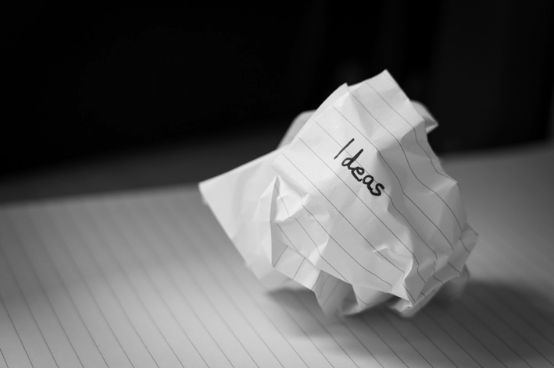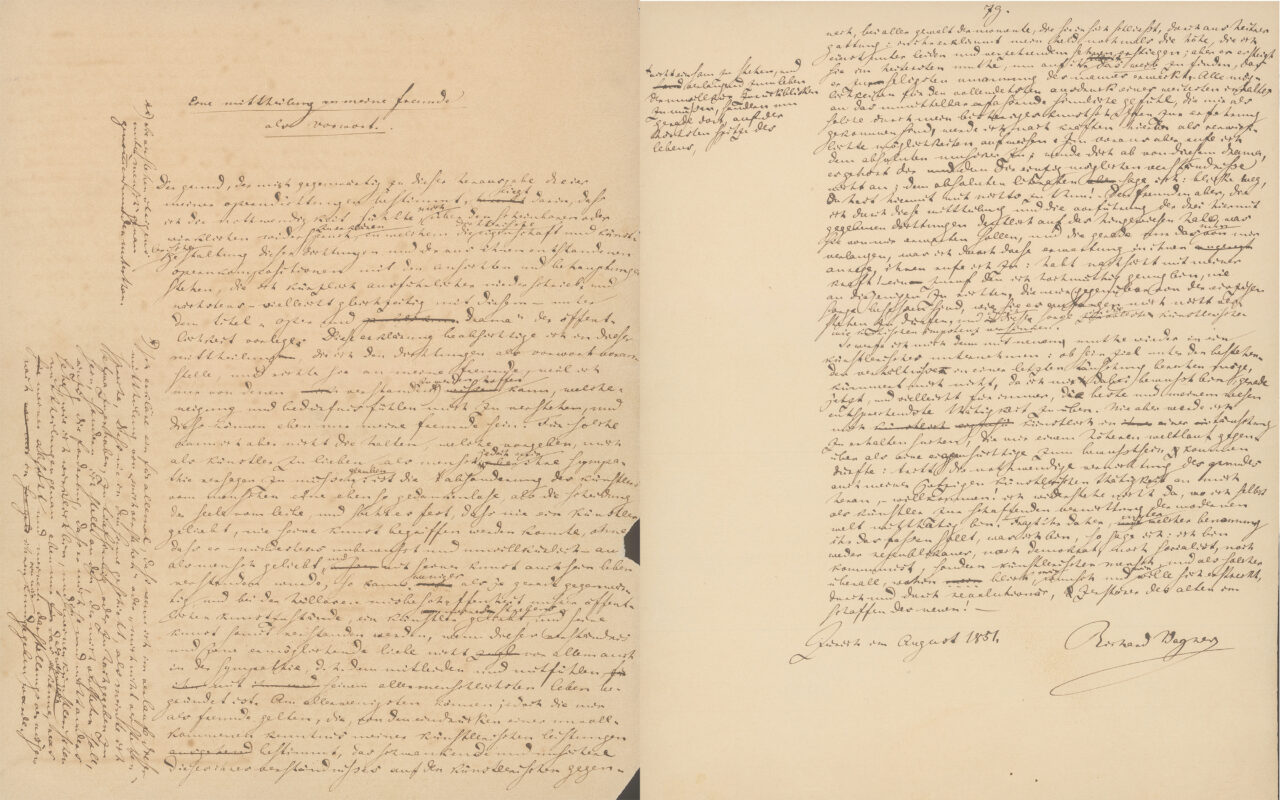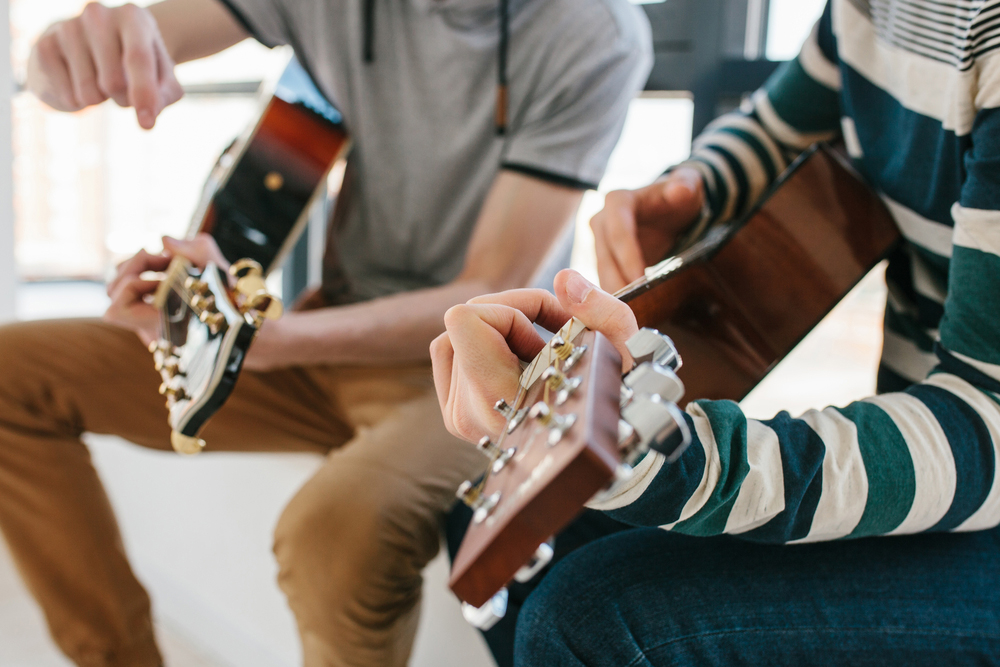Time structures and creative processes
A team from German and Austrian universities is investigating how time structures influence every form of creative activity, whether in the laboratory when developing a new drug or when recording music in the studio.

Members of a creative team have different time horizons and work according to different rhythms and cycles. Until now, creativity and organizational research has assumed that synchronization, or entrainment, is the most promising strategy: in order to be as efficient as possible, the time frame is precisely defined. In such a time frame, however, there is little room for creativity.
According to the team, freedom for creative processes often arises through temporal tensions and idle time, for example when people start improvising in the studio during recording breaks and something new and unforeseen emerges from this. The researchers want to systematically investigate this interdependence between entrainment and disentrainment on the one hand and creativity on the other. The German Research Foundation (DFG) and the Austrian Science Fund (FWF) are funding the project with around 225,000 euros each.







